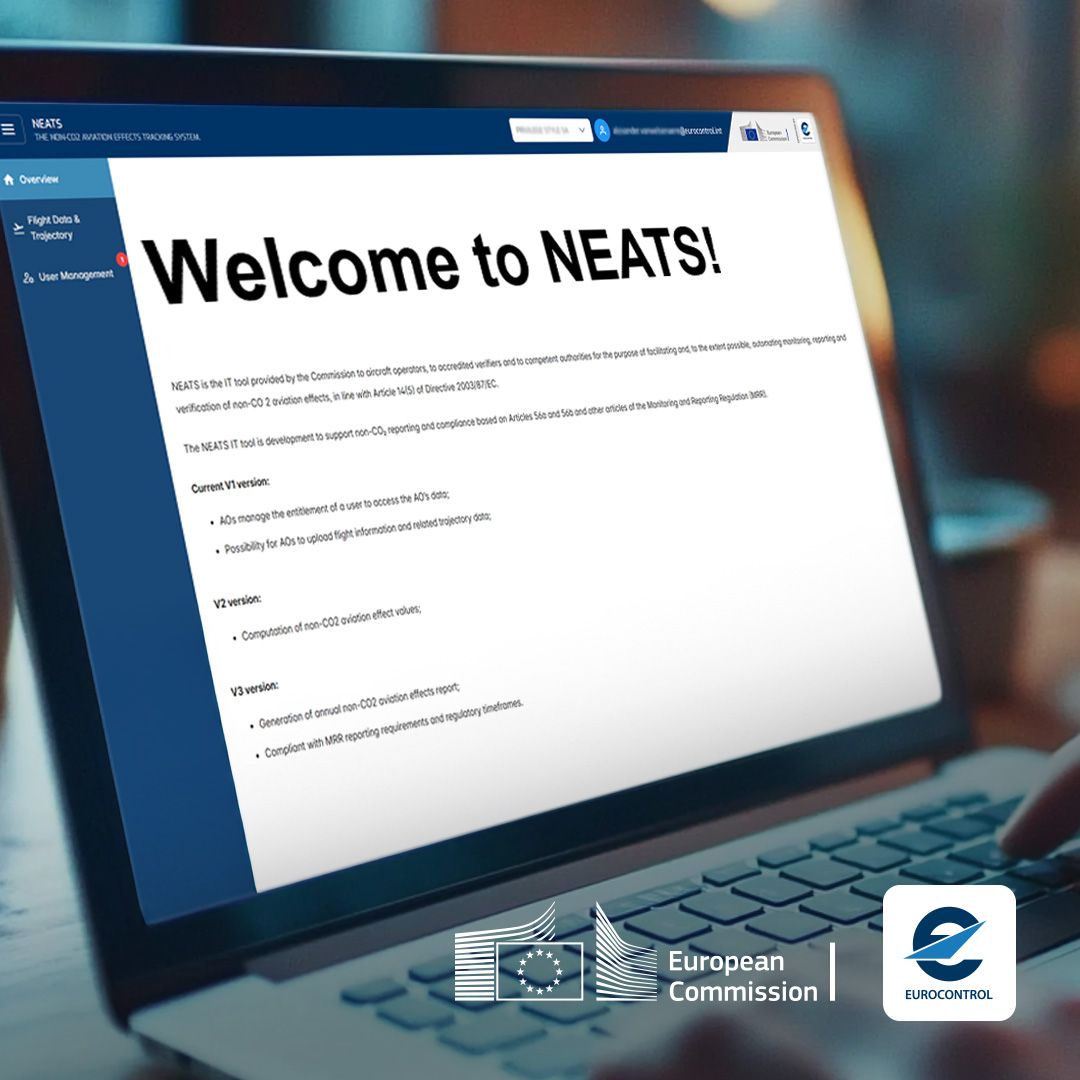Reduce the climate impact of your flights %%by mitigating contrails%%
Identify and optimize the 3% of your flights responsible for 80% of contrail-related warming with our in-depth analysis.
Climate savings through targeted adjustments
Identify high-impact flights and adjust routes to reduce contrail formation. Prepare for upcoming EU regulations on non-CO₂ effects in aviation. Enhance your brand image by adopting sustainable operational practices.

End-to-end contrail management
Our methodology consists in 3 phases
.png)
%%Less than 5% of flights create 80% of contrail-related warming:%% target the flights that drive impact
We analyzed +40 million commercial flights in 2023, accounting for real flight trajectories, weather conditions, aircraft types, and other variables to estimate the climate impact of contrails. With our 2023 Contrail Opportunity Index, you can identify specific flight routes and time windows with the highest climate impact from contrails.
.png)
Frequently asked questions
Contrails can trap heat and significantly increase aviation's climate impact. By adjusting flight levels on certain routes, airlines can avoid forming long-lived contrails and instantly cut total warming on optimized flights. Typically, less than 5% of flights would be candidates to be optimized.
We analyze flight plans with real-time weather and flight conditions to identify contrail-forming segments and recommend minor altitude changes to avoid them, with minimal impact on fuel burn or scheduling.
No, our software-based solution recommends flight level adjustments via flight dispatch or directly to the cockpit.
Contrail avoidance typically requires small vertical adjustments, often fuel-neutral or with negligible fuel penalty for major climate savings. Estuaire can model trade-offs and optimize for climate benefit within operational and business constraints.
While uncertainty remains in measuring contrail impact, the scientific community undoubtedly agrees that enough knowledge has been built to start mitigating the harmful impacts of non-CO2 emissions. At Estuaire, we believe that waiting for absolute certainty before mitigating contrail impacts would be a mistake. However, this conviction should not come at the expense of higher CO2 emissions, whose impact in the atmosphere lasts longer.
Ready to fly?
Let's explore how Estuaire data can power your sustainability mission.



.png)